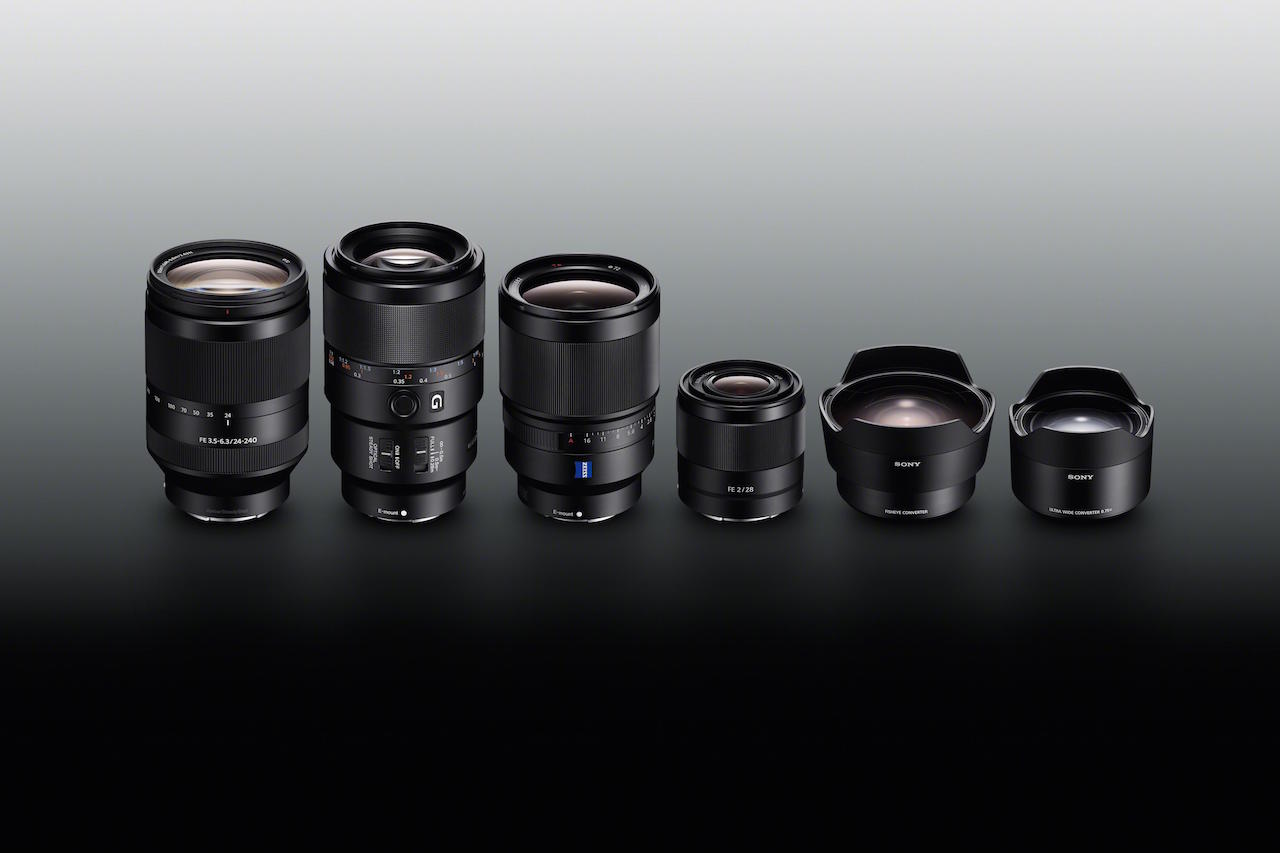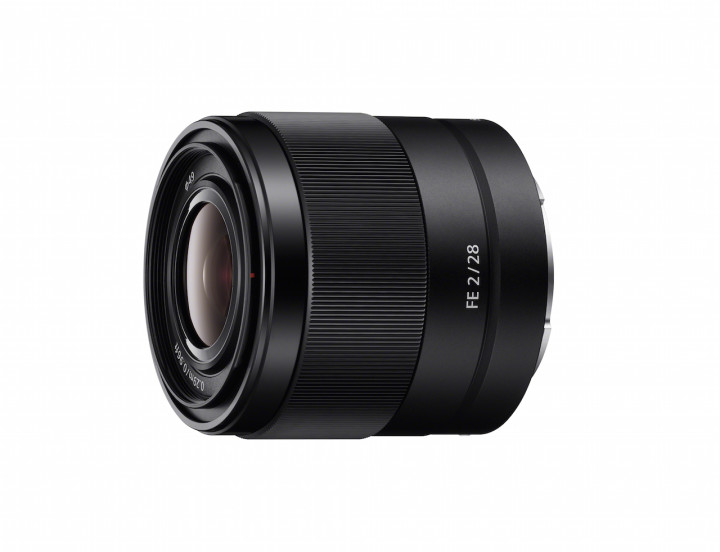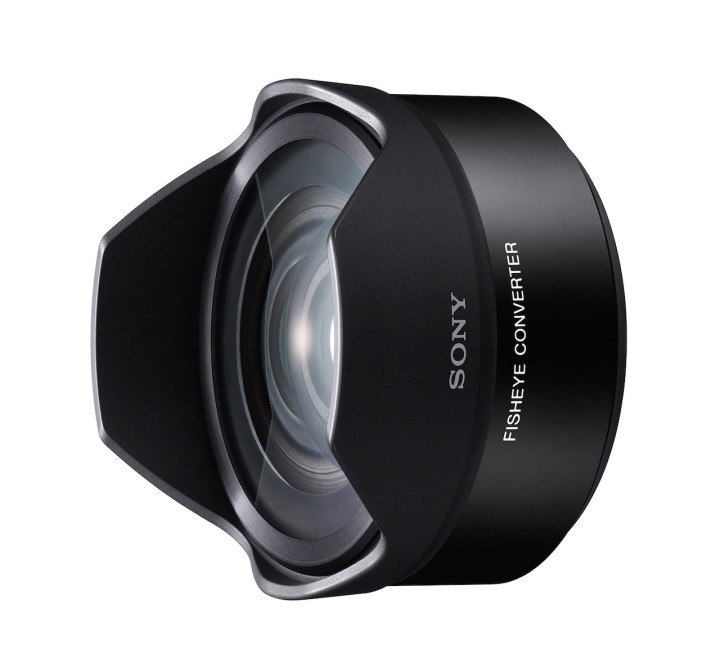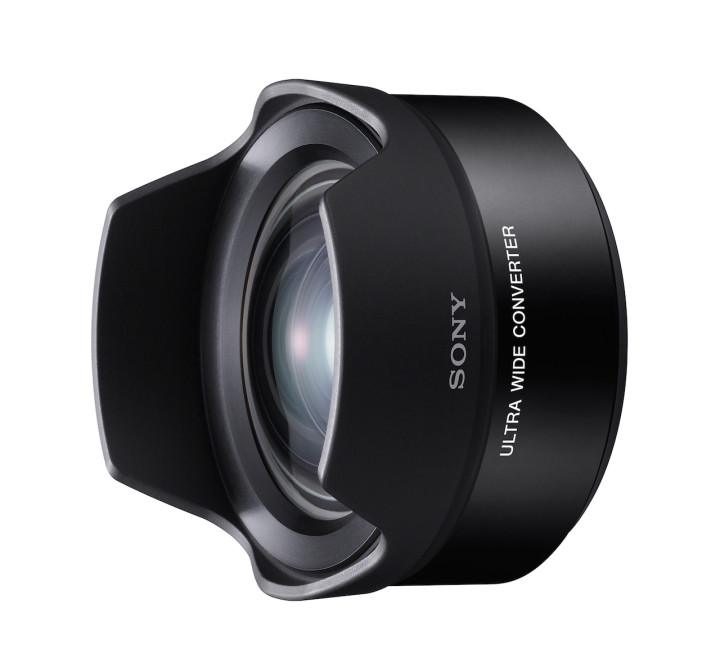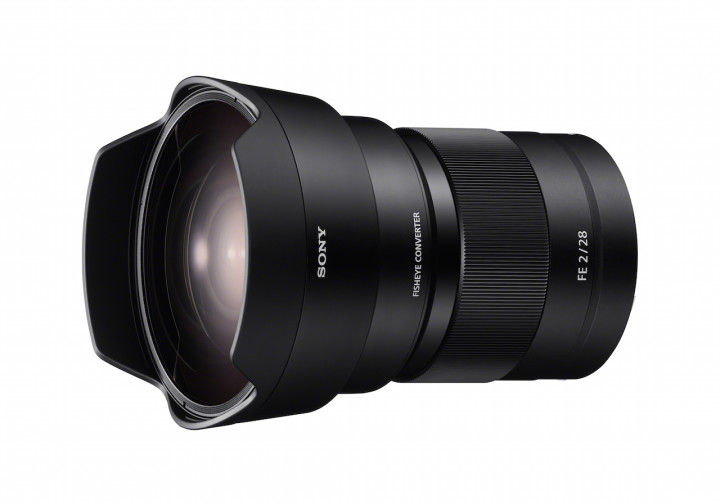Today Sony officially announced four lenses that have already been showcased at various photo shows since last year including Photokina and CP+. They have been designed for its mirrorless full-frame system but will also work on the mirrorless APS-C system because the mount (E-mount) is the same. The FE system now has 12 lenses including the two Zeiss Loxia primes. Let’s have a closer look at their characteristics.
FE 28mm f/2
The 28mm is the third autofocus prime for the system. It has a fast aperture of f/2 while its wide angle focal length of 28mm makes it ideal for different types of shooting including landscape and street. It is compact and lightweight, and is slightly larger in diameter than the 35mm f/2.8 but also a little longer (around 6cm). It has a similar aluminum finish as well. On the inside, the lens features 9 circular aperture blades, three aspherical lens elements and two ED glass elements. The lenses are multi-coated to reduce flare and ghosting in backlit situations. The inner autofocus mechanism has an advanced linear actuator to quieten the movement of the lens elements. The lens length remains constant when focusing at various distances.
What is interesting about this new prime lens is the two new lens adapters. Back at Photokina when interviewing Mr. Yasuyuki Nagata (General Manager – Lens and Peripheral Business), he explained that they wanted make more focal lengths available to users as quickly as possible. The 28mm embraces this concept – it can be used with either the SEL075UWC Ultra-wide Converter (21mm equivalent) or the SEL057FEC Fisheye Converter (16mm fisheye with full 180° coverage). The fastest aperture becomes f/2.8 with the 21mm converter and f/3.5 with the fisheye converter. The EXIF data for each adapter will be generated as well which is a first for the Sony Alpha converter lenses.

Zeiss Distagon T* FE 35mm f/1.4 ZA
This new Sony/Zeiss lens is the third 35mm focal length introduced for the FE system if we also include the Loxia 2/35. This new version is designed for one purpose only: to give you the best image quality possible without any compromises. It is big, it is heavier than any other prime lens and doesn’t look that different from other 35mm 1.4 primes designed for DSLR systems.
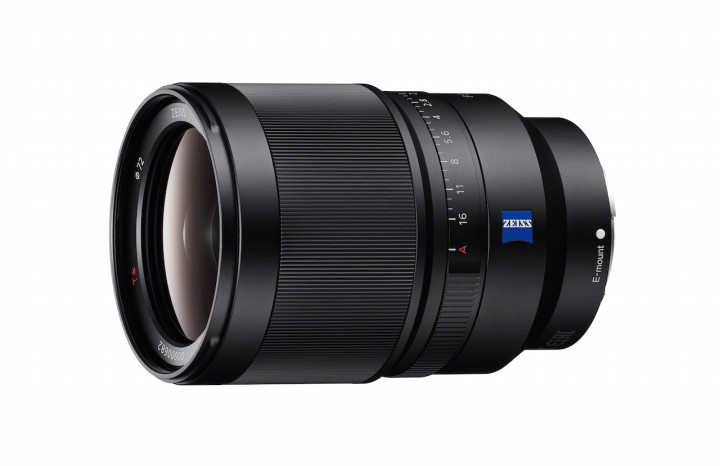
The lens has a 9 bladed circular aperture and an optical design that includes 3 aspherical elements. It features Zeiss T* coating to reduce flare and ghosting in backlit situations. Autofocus is driven by the Direct Drive SSM (DDSSM) system which is both quiet and very precise when focusing. This lens is also the first FE lens to include an aperture ring. Furthermore, the ring can be set either to clicking or de-clicking with the latter being ideal for movie shooting. There is a dedicated switch on the side for that purpose. The lens is also dust and moisture resistant.

FE 90mm F2.8 Macro G OSS
The 90mm is the first macro lens designed for the Sony ILCE system. It weighs 602g, is 13cm long and is dust and moisture resistant. It has 9 circular aperture blades and the lens elements include one aspherical lens, one ED glass and one Super ED glass. It has a 1:1 magnification ratio and built-in optical stabilisation (Steadyshot). The shortest focus distance is 28cm. The autofocus is driven by the Direct Drive SSM (DDSSM) mechanism with two ‘floating’ and independent focus groups. The lens maintains the same length at all focus distances which is great for a macro lens. It has a focus hold button on the side and the focus ring can be slid up and down the barrel to switch between auto and manual focus. There is also an OOS on/off switch and a focus distance selector.
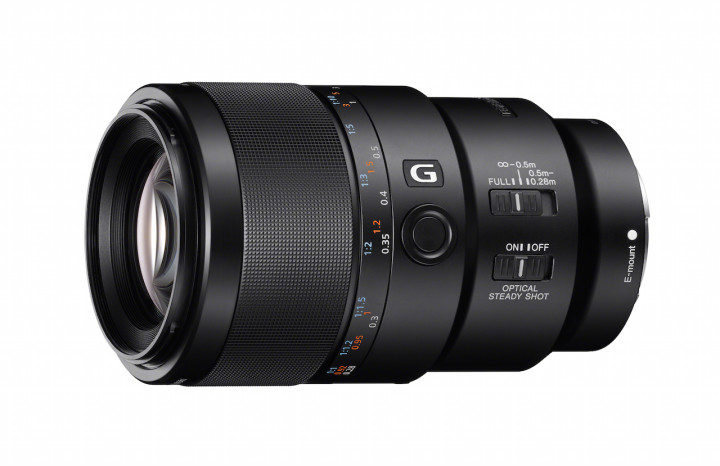
Some low resolution image samples can be seen on the Sony website.
FE 24-240mm F3.5-6.3 OSS
The 24-240mm is a 10x “all-in-one” zoom lens that covers an impressive focal range from wide-angle to telephoto. It is relatively compact for what it does (12cm long) but is heavy (around 780g) and of course doesn’t have a constant aperture throughout the entire zoom range. The lens design includes 5 aspherical elements and one ED glass, and the AF mechanism has an advanced linear motor for a quicker response. It also includes built-in Optical SteadyShot (OSS) stabilization and is dust and moisture resistant.
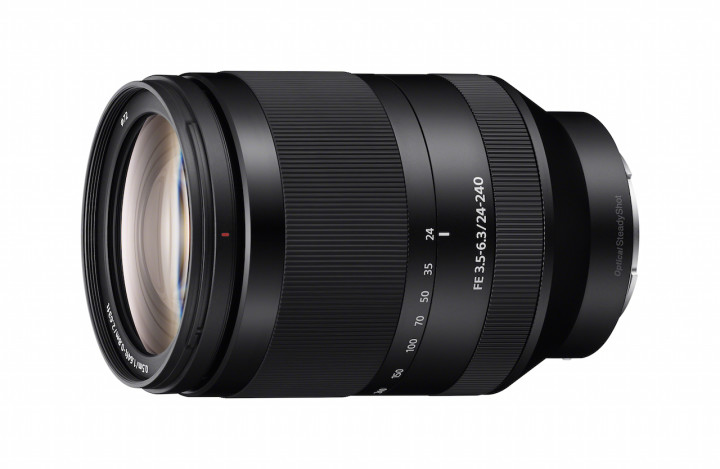

Additional converters and firmware updates
Sony also announced two new lens converters for APS-C lenses: the VCL-ECU2 Ultra-Wide and the VCL-ECF2 Fisheye converters. The VCL-ECU2 is compatible with the E 16mm F2.8 and E 20mm F2.8 (12 mm and 16 mm equivalent). The VCL-ECF2 Fisheye also works with both lenses with a full 180° coverage.
Finally, there are also a series of firmware updates for the following lenses that will shorten the start-up time of the camera bodies:
- 35mm f2.8
- 24-70mm f/4
- 55mm f/1.8
- 70-200mm f/4
The updates will be available later in March 2015.
Conclusion
This is certainly a welcome (and long-awaited) announcement, and I won’t deny that it is nice to see the FE lens system growing at a more rapid pace. Personally I find the 90mm macro and 28mm the most interesting products out of the three but I would love to hear your thoughts as well!
Which lens are you the most interested in?
